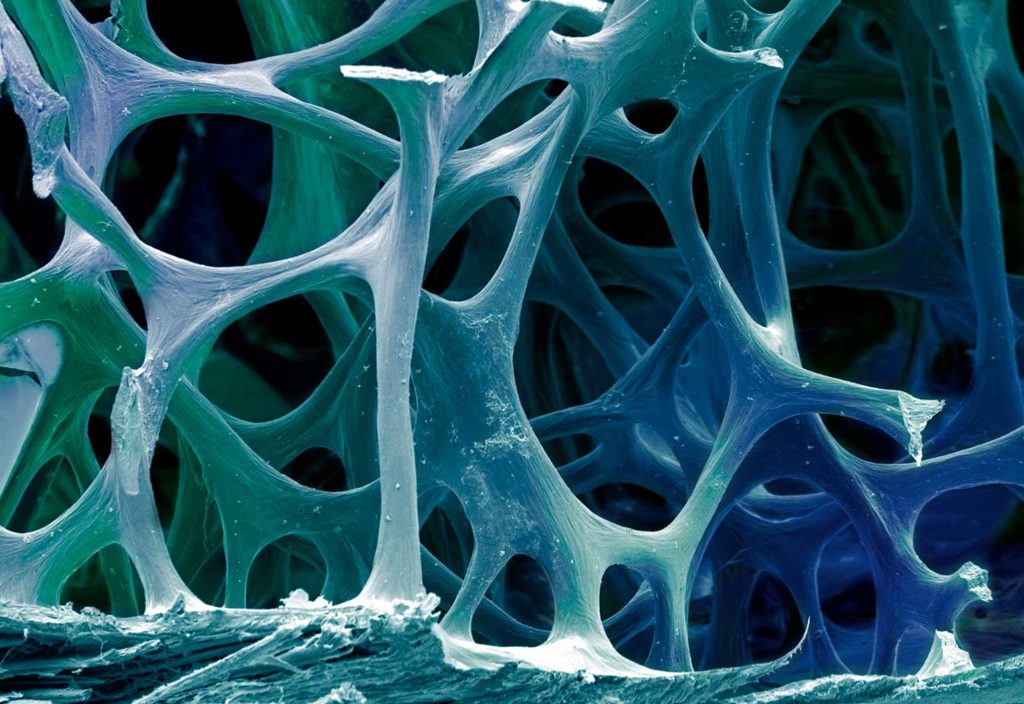Trialling new medicines typically involves extensive in vivo testing using animal models. But a new technology created by engineers could provide an alternative.
Researchers have created a device containing mini scaffolding that can be used to grow human bone tissue in the laboratory.
The ‘bone-on-a-chip’ was a joint effort between researchers from the University of Sheffield’s Department of Materials Science and Engineering and the Insigneo Institute for in silico Medicine, along with additional collaborators from Universitat Ramon Llull in Spain.
This lab-grown bone could be used to test new medical treatments for diseased or damaged bones, reducing the need for testing using animal models.
In a recent study, published in Frontiers in Bioengineering and Biotechnology, researchers used emulsion templating to develop three-dimensional scaffold structures.
These scaffolds were then inserted into a mini bioreactor to create the bone-on-a-chip device. Researchers then used in vitro techniques to assess the device’s ability to grow human bone tissue from stem cells.

As well as reducing the need for animal models, by accessing smaller versions of human organs, a higher success rate of trialling new medicines could be achieved.
“This is, in my view, a great enabling technology to build complex 3D tissues — or organs-on-a-chip — as testing platforms for pharmaceutical testing,” said Dr Frederik Claeyssens, from the University of Sheffield Department of Materials Science and Engineering.
“These platforms have the potential to reduce the time and effort required, and also reduce the use of animal models for preclinical drug testing.”
In the future, it is possible that the device could be connected to other organ-on-a-chip devices, including liver, heart and lungs, potentially eliminating the need for animal research entirely.
“Since its inception, great efforts have gone into developing these devices for many organ types, but thus far bone has been comparatively overlooked,” the authors of the study wrote in their summary.
“We have successfully created a microfluidic platform that contains the necessary 3D architecture and physiologically relevant FSS [fluid shear stress] for an osteogenesis-on-a-chip device suitable for long-term culture.
“This has the potential to provide more accurate, cheaper and faster methods of investigating novel therapeutics for bone and sequestering of toxins into bone, in comparison to standard in vitro and in vivo testing.”
